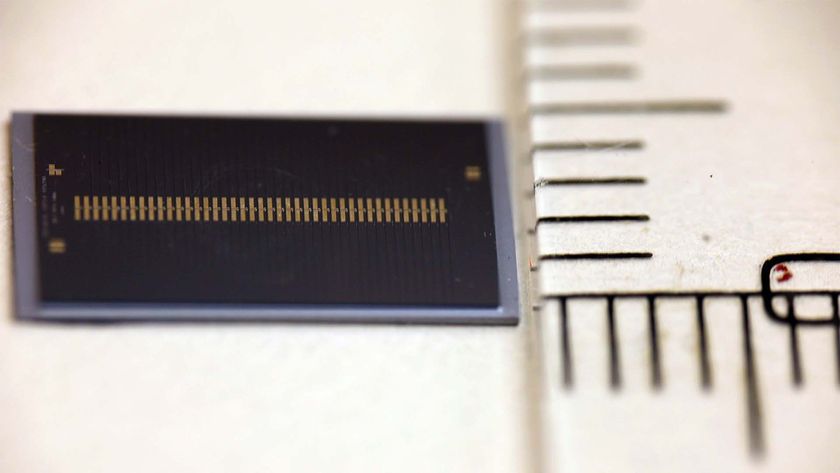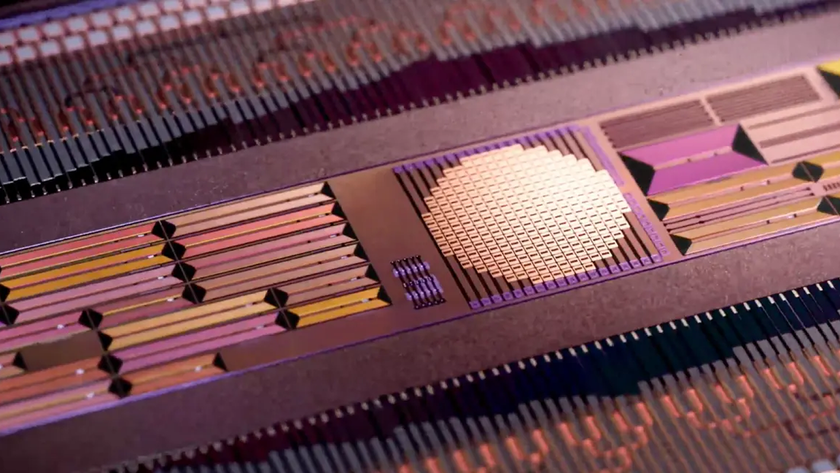Reasons to Wait Out Early Smartphone Glitches
The iPhone 4 is finally available, but a good deal of the early buzz surrounding the hot new smartphone has been negative. The first wave of purchasers has complained of reception problems, yellow discolorations on the screen and swapped volume buttons, among other grievances.
Given the relative likelihood of such launch jitters, should savvy consumers wait a few months before plunking down on the latest "it" phone?
Analysts say the buy-now or buy-later decision boils down to the importance of having a phone that works properly from minute one, but in general it's better to wait a few weeks or even months while hardware kinks – the hardest type of fix – are sorted out in the manufacturing process.
"Really, it’s a personal preference," said Tina Teng, a senior analyst for wireless communications at tech firm iSuppli. "If you don’t want to deal with the hassle [of early problems], then maybe wait a few months."
Michael Morgan, a mobile devices industry analyst for ABI Research, agreed. "If you are extremely dependent on being in contact at all times, maybe you want to wait a bit [before buying a new phone]," Morgan said.
Inevitable errors
Manufacturing flaws are a fact of life, Morgan noted: "Let's face it, I don’t think there is a product on Earth, from drugs to tech devices to cars, that doesn't occasionally have a glitch or two coming off of the assembly line."
Sign up for the Live Science daily newsletter now
Get the world’s most fascinating discoveries delivered straight to your inbox.
Quality control and technical issues are nothing new for smartphones when they first hit the market. Once confirmed, manufacturers aim to iron out these wrinkles as soon as possible so a new product is not tainted. For example, HTC announced last week a software fix for its new EVO 4G, which is suffering from poor touch screen sensitivity.
Even though the iPhone 4 is a fourth-generation device, it underwent the biggest redesign in the history of the line, both on the outside and the inside and its operating system.
"The iPhone 4 has new hardware and new software, so there are two ways for things to go wrong," said Morgan.
So far, the phone's issues appear hardware-related, which as a class are more difficult to solve because they usually require sending the phone back for repairs or swapping it with a replacement.
In general, a software problem does not necessitate a product return, noted iSuppli's Teng. A software fix or "patch" is typically created by the manufacturer and then made available for download right on the phone.
Testing, testing
Even if snafus are easy to resolve, companies naturally wish to avoid them at all costs.
Before a new-fangled product ever gets into the hands of customers, tech companies thoroughly attempt to vet it in-house for functionality and durability.
One common practice is so-called dogfooding, Morgan said, which is "when an engineer has to walk around and live with the device he made," or eat his own dog food, as the expression goes.
Apple certainly seems to dogfood aplenty, as evidenced by the prototype iPhone 4 accidentally abandoned by an employee that caused quite a stir back in April.
Though this real-life testing process will often reveal some pesky design flaws, Morgan said, almost no amount of dogfooding can expose all the potential trouble spots.
During pre-release testing, "on the software side, there are always some bugs that haven’t been discovered," said iSuppli's Teng.
The Palm Pre that came out a year ago is one such phone that has had numerous bug issues, Teng noted.
Into the wild
For a popular smartphone to really earn its stripes, it must satisfy millions of customers in the hyper-competitive real world marketplace.
In the case of the iPhone 4, having a plugged-in, obsessed fan base such as Apple's can be a blessing for someone undecided about when to purchase the phone.
With hundreds of thousands of new iPhones making the rounds right out of the gate, any and all flaws, however minor, in these first few batches tend to get seized upon.
The yellow discolorations that have been widely reported on iPhone 4 screens on the device's first day out might be an example. After speculation on Apple-centric Web site forums, Apple support technicians have now reportedly confirmed over the phone to customers that this yellow is from a screen bonding chemical agent. The agent apparently has not had time to fully evaporate just yet because Apple rushed the product from the factory per strong demand.
As a company that must back its products, Apple is presented with the challenge of evaluating reams of such user-generated claims of subpar product performance or manufacturing defects. "It gets real tricky . . . separating the wheat from the chaff . . . [when you're a] company selling millions of handsets," Morgan said.
Complicating the picture is that buyers can have a sort of "tech hypochondria," in which they think something is wrong with their device, having heard or seen such claims, when in fact the device is working just fine.
For the patient consumer, however, this sort of scouring by the early adopters can be great for honing future versions of a desired device.
"You want to see the glitches and wait for [companies] to fix them before you buy it," Morgan told TechNewsDaily. "Once things are discovered, [companies] do their damnedest to fix it and make it better right away."
• 11 iPhone 4 Features You Need to Know About • iPhone 4's First Users Report Reception, Color Problems • Smartphone Reviews












